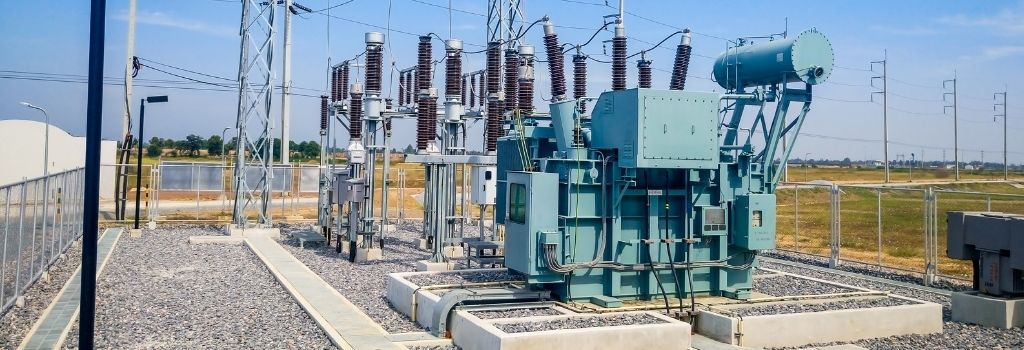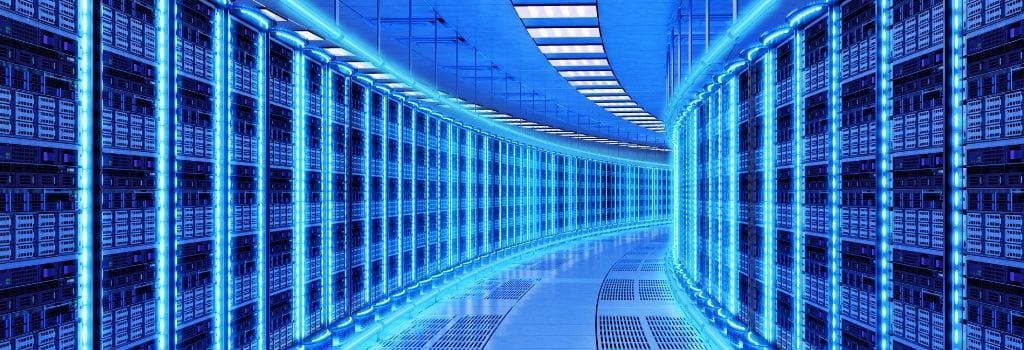- Category: Transportation
The Passenger Information System (PIS) solution for trains collects and dissipates updated real-time information to passengers. It integrates with various visual and audio components, provides access to the remote command center (or Internet) via wireless communications such as Wi-Fi / LTE for data collection, and is capable of withstanding harsh conditions.
Read more: Passenger Information System Solution for Rail Transport
- Category: Network Computing
Network security is an ever-increasing in today’s environment. According to one recent cybersecurity study, as many as 90% of companies have faced increasing cyber-attacks during the global Covid-19 pandemic. This has resulted in an increased number of security breaches using a number of advanced cyber-attack techniques, including malware, ransomware, zero-day exploits, and persistent threats.
Read more: NGFW Appliances Empower Cloud-First Sandboxing for Remote Workers
- Category: Telecommunication
The incoming 5G technology era will bring both speed and convenience. While there are many benefits, behind the scenes, 5G infrastructure is complicated. It requires substantially more network automation than previous technologies. That automation depends on having a real-time view of network resources enabled by intelligent algorithms that measure the performance of available resources to determine service path computation, in addition to smart network control methods.
Read more: Scalable Edge Cloud Solutions Empower IPv6 Segment Routing for 5G Network Automation
- Category: Power and Energy
As we evolve into the era of 5G, the benefits 5G deployment are inevitably on the tops of everyone’s mind. But one often overlooked topic that should not be ignored as we look into this exciting future is the role of cybersecurity. This is especially true for critical infrastructures, such as electricity generation. With grid modernization picking up speed around the world, utility service providers need to also bear in mind the evolving cybersecurity threats that come with modernization, and many already are. However, a significant challenge during the modernization of cybersecurity capabilities is identifying and utilizing IT technologies that can work in harmony with operational technologies. Modernization and interconnection are crucial to having robust security without compromising their services, which typically rely on assets not designed with 5G and modern technologies in mind.
Read more: Protecting Smart Grids and Critical Infrastructure with Industrial Firewalls
- Category: Network Computing
The HEVC encoder compresses a raw video feed at it source and is a much better alternative to the H.264 standard codec. When compared with H.264, HEVC’s advantage is obvious as it allows for as much as 50% lower bandwidth consumption.
- Category: SD-WAN
When you think of a filmmaker's arsenal of equipment, it probably conjures up images of video cameras, boom mics, lighting kit, etc. That isn't a wrong assumption by any stretch. However, there is more to it than that given how filmmaking and technology have evolved. Today, in an era of live streaming and high-definition content, reliable connectivity is just as important as traditional considerations such as cinematography. This is where mobile SD-WAN appliances come in. Mobile SD-WAN appliances are now an essential piece of equipment film crews and creators must have on hand, especially when filming in locations with spotty internet connectivity.
- Category: Intelligent Systems
Data centers are and will continue to serve as the backbones of our modern world. From watching your favorite shows on video streaming platforms to communicating with colleagues overseas, data centers enable the online services and resources that empower the way we live and work. As a result, ensuring the optimal operation and security of our data centers is crucial. To realize this, data center administrators require the ability to collect, consolidate, and analyze data across the board. This is best achieved via Data Center Infrastructure Management (DCIM) that leverages surveillance technologies, network appliances, sensors, and monitoring software. Through effective DCIM, administrators have an indispensable tool to measure, manage, and control data center utilization and energy consumption of all IT-related equipment and facility infrastructure components, including air conditioning systems.
Read more: Realizing Efficient Data Center Infrastructure Management












